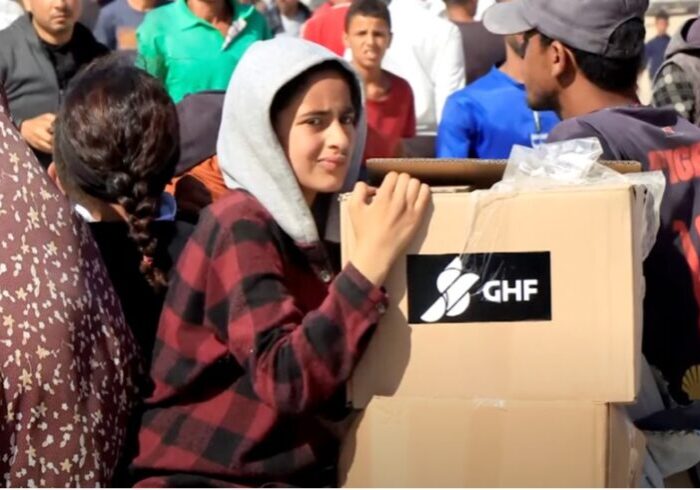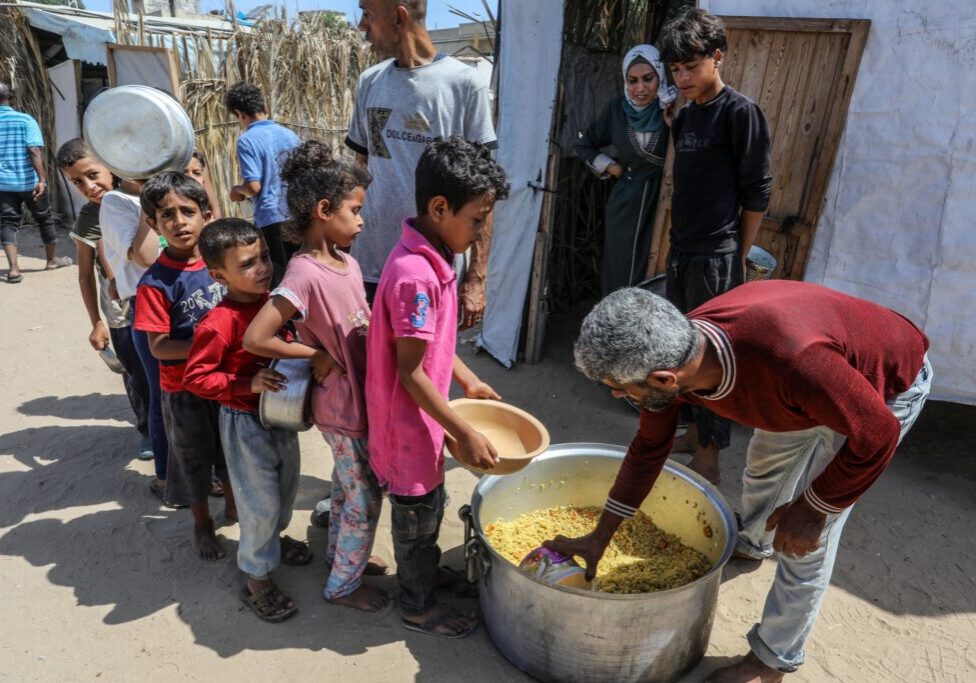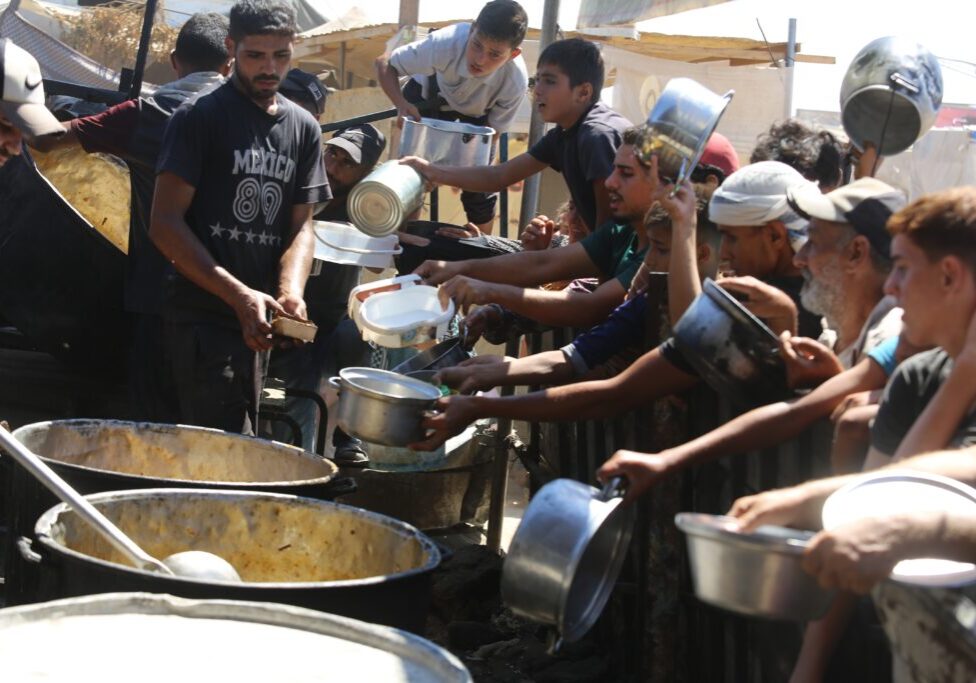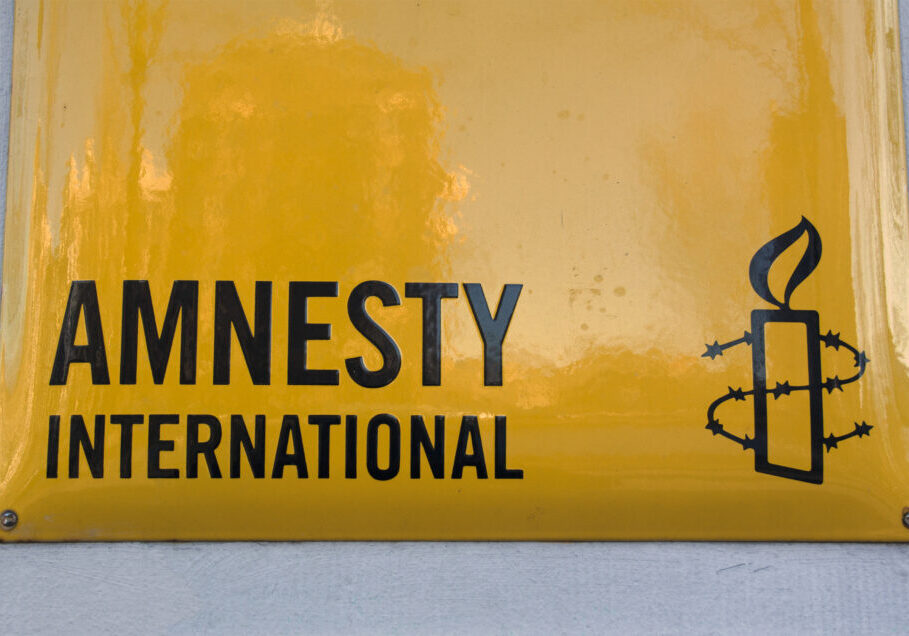Australia/Israel Review
Essay: Militancy over Governance
Mar 1, 2024 | Matthew Levitt
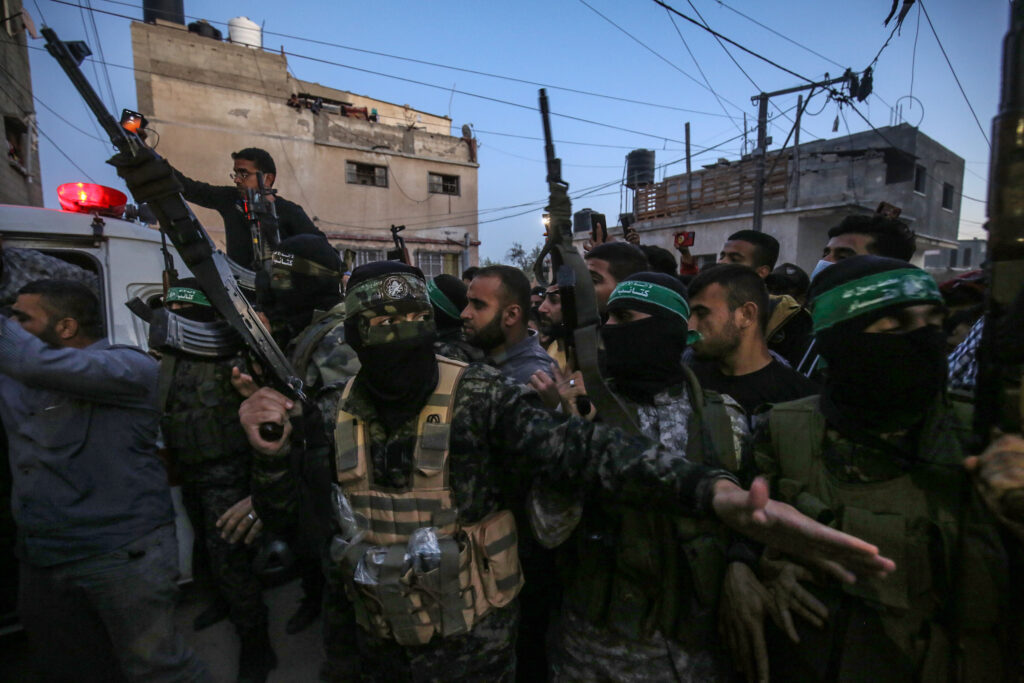
The evolution of Hamas since 2006
Over the last 18 years, since I wrote Hamas: Politics, Charity and Terrorism in the Service of Jihad, Hamas has experienced significant change – just not in the ways many people expected it would. Whereas some assessed that participating in Palestinian national politics or ruling the Gaza Strip would moderate, or at least co-opt, Hamas’ inclination to violence, that did not prove to be the case. The October 7 massacre demonstrated in the most visceral and brutal way that Hamas ultimately prioritised destroying Israel and creating an Islamist Palestinian state in its place over its governance project in Gaza, Palestinian national reconciliation, or the end of the Israeli-Palestinian conflict through a two-state resolution.
In the years since my book came out, Hamas experienced two transformational events. The first watershed event for Hamas came in the wake of the group’s decision to participate in Palestinian national elections in 2006, resulting in Hamas winning 74 of 132 seats and ultimately leading a National Unity Government with Fatah. This came after the August 2005 withdrawal of all Israeli settlements and military forces from the Gaza Strip.
Some predicted that by reconciling with its Palestinian political rival in Fatah, Hamas would become more responsive to its own public and ultimately a more moderate movement, but that did not happen. Indeed, in June 2006 Hamas operatives penetrated into Israel via tunnels dug from Gaza, ambushed an Israeli border patrol, killing two soldiers and injuring two more, and kidnapped Israeli soldier Gilad Shalit. Hamas would hold Shalit captive for five years, releasing him in exchange for the release of 1,027 Palestinians held in Israeli jails.
Hamas and Fatah never reconciled their political visions, and as a result the political experiment that was the Hamas-led National Unity Government was short-lived. Fatah sought to keep Palestinian Authority (PA) policies within the boundaries of the Oslo Accords, while Hamas worked to undermine such policies, with a particular focus on curtailing Israeli-Palestinian security cooperation. Finally, in July 2007, Hamas took over the Gaza Strip from Fatah by force of arms, leaving Fatah to control the PA and govern the West Bank. Shortly thereafter, I met with PA officials in Ramallah who listed names of family members thrown from rooftops by Hamas militants in Gaza and showed me documentation of how Hamas tried to use West Bank businesses and PA departments to launder Hamas money when it led the National Unity Government.
Even after Hamas confirmed its propensity for militancy with its violent takeover of the Gaza Strip – this time targeting not Israelis but fellow Palestinians – some analysts believed that running the Gaza Strip would moderate Hamas or, short of that, that the group would be co-opted by virtue of the responsibility of governance, the daily grind of collecting garbage, and paying teacher salaries. Hamas’ Islamic social institutions in Gaza and the West Bank, one author wrote in 2014, “advocated a moderate approach to change that valued order and stability, not disorder and instability.”
Again, that did not turn out to be the case. And yet, assuming control of governance in Gaza did present Hamas with a stark choice. It could continue to carry out acts of violence targeting Israel, knowing these would risk Israeli retaliation, or it could focus on providing for the needs and security of the residents of the Gaza Strip. In the first few months after the 2007 takeover, the pace of Hamas slowed while the group consolidated power and took over governmental institutions. But by December 2008 Hamas initiated the first in a series of rocket wars with Israel. By 2015, after three rounds of rocket wars, some still assessed that Hamas would prioritise survival over “resistance” (i.e. fighting Israel) and placed hope in periodic efforts to reconcile Fatah and Hamas, each of which failed as Hamas refused to give up its arms and abide by peace process commitments.
The second watershed event came on October 7, when thousands of Hamas operatives murdered some 1,200 people in Israel, wounded thousands, and took at least 240 people hostage, including nationals from more than 40 countries.
October 7 was a departure from Hamas’ established modus operandi, but an intentional one, which the group planned in careful detail. Never had the group executed such a large attack, let alone employed such barbaric tactics. In the words of Secretary of State Antony Blinken, “Babies slaughtered. Bodies desecrated. Young people burned alive. Women raped. Parents executed in front of their children, children in front of their parents.” The attack, he concluded, “brings to mind the worst of ISIS.” Maps and documents seized from Hamas attackers on October 7 revealed the group specifically targeted elementary schools and a youth centre.
In fact, October 7 was the war Hamas always wanted. For 18 years, from its inception in 1988 to its participation in the 2006 Palestinian national elections, Hamas was a sub-state militant actor engaged in a wide array of activities – from politics, to charity and social welfare, to terrorism – aimed at replacing Israel with an Islamist, Palestinian state.
By engaging in both overt civilian and covert militant activities, Hamas created a self-sustaining system in which each of its activities supported the others. Political and social activities helped build grassroots support for Hamas at the expense of its Palestinian political rivals. Through acts of violence, it undermined political compromise with Israel and presented itself as the guardian of maximalist Palestinian claims. When raising funds abroad, the group could raise funds for overt activities, freeing up fungible funds for less altruistic activities.
This proved to be an effective model – if all Hamas aspired to do was perpetuate conflict, stick to its ideological guns, and draw Israeli blood. Throughout this period of time, Hamas never came close to posing an existential threat to Israel, even with the onset of the Second Intifada in 2000. Hamas’ indiscriminate attacks successfully terrorised Israeli citizens, but failed to uproot them.
Fast forward to 2007, when Hamas suddenly found itself in control of the Gaza Strip. Faced with the choice of focusing on governance or militancy, Hamas chose the latter. It diverted funds intended for civilian public services to build tunnels and a robust weapons production program. Hamas played a long game, investing in efforts to instil a “culture of resistance” in Gaza society, with a focus on schools and youth.
Meanwhile, Hamas duped Israeli and Western officials into thinking it would not put its governance project at risk and therefore could be deterred. The result was an Israeli policy of “buying quiet” centred on allowing billions of Qatari dollars to flow into Gaza over about a decade to keep Hamas more focused on governing than fighting.
Hamas took the money, but was never co-opted. Hamas politburo member Khalil al-Hayya, based in Qatar, succinctly summarised the group’s outlook in comments made weeks after October 7: “Hamas’s goal is not to run Gaza and to bring it water and electricity and such. Hamas, the [Izz al-din al-] Qassam [brigades] and the resistance woke the world up from its deep sleep and showed that this issue must remain on the table.” Summing up how Hamas balances the competing needs of addressing the needs of Palestinians and fighting Israel, al-Hayya added, “This battle was not because we wanted fuel or labourers. It did not seek to improve the situation in Gaza. This battle is to completely overthrow the situation.”
In other words, for all that changed in the years since the publication of Hamas – control of territory and billions of dollars to govern Gaza – Hamas remained committed to its core principle of prioritising the destruction of Israel over the well-being of Palestinian civilians. That, in a nutshell, explains why Hamas executed the brutal October 7 attack and why Israel responded with an assault aimed at ending the Hamas governance project in Gaza.
Matthew Levitt is the Fromer-Wexler Fellow and director of the Reinhard Program on Counterterrorism and Intelligence at The Washington Institute for Near East Policy. This article was originally published on the Yale University Press website. © Washington Institute (www.washingtoninsitute.org), reprinted by permission, all rights reserved.
Tags: Gaza, Hamas, Palestinians


